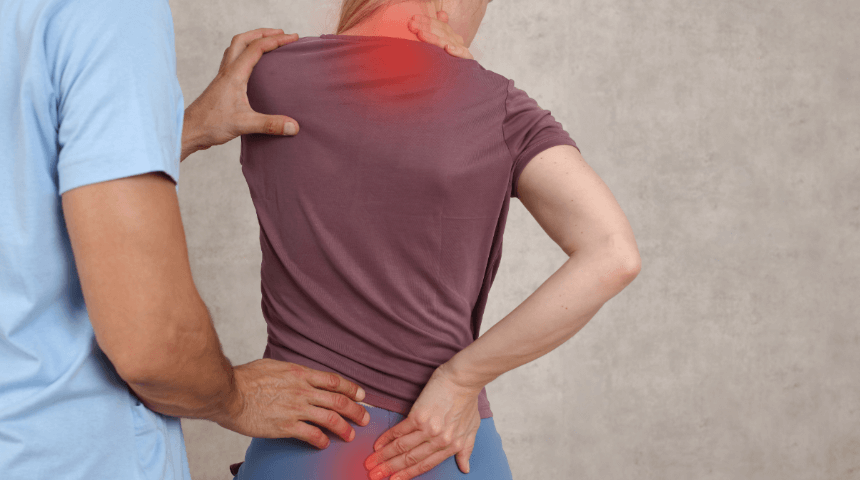Why is Stretching So Good for You?
Stretching doesn’t just feel good – it’s great for your health, too.
That’s because stretching helps blood flow to your muscles which keeps them healthy and lubricated. Stretching protects us from injury during sports or exercise, but there are plenty of other benefits when we lengthen our muscles.
Stretching increases:
-
Range of motion
-
Muscle effectiveness
-
Performance during exercise
-
Strength of muscles and ligaments
Stretching decreases:
-
Risk of injury
-
Stiffness and soreness
Stretching Do’s and Don’ts
While stretching before and during movement brings lots of benefits, it’s also possible to stretch improperly. Here are some important tips to remember when it comes time to stretch.
● DO: Warm up before you stretch. A pre-stretch increases body temperature and blood flow to your muscles, making them move more comfortably.
● DO: Stay within a natural range of motion. Overstretching could result in a torn or strained muscle, especially if you’re not warmed up already. Stretching should feel a little uncomfortable but never painful.
● DO: Stretch regularly. To maintain flexibility, stretch major muscle groups (back, neck, shoulders, chest, hips and legs) at least two to three times a week.
● DO: Hold your stretch. Try to hold stretches for about 30 seconds. Stop when you feel a tight pull and then let go.
● DON’T: Bounce your stretch. When you bounce in a stretch, the motion can trigger the muscle to tighten to protect itself, which defeats the purpose of the stretch. You can also stretch too deeply when you bounce, leading to pulled or strained muscles.
● DON’T: Stretch injured muscles. Ignoring an injury may cause lingering pain and slow down the healing of injured tissue.
Effective Stretching
Stretching all your muscles is important, but you should focus on the pectoral and hip flexor muscles, which become tight when we sit for too long, leading to pain and dysfunction. These major muscle groups provide stability and proper functioning for many of the movements in the upper and lower body.
The pectoral muscles are found on each side of your sternum (breastbone) and connect the front walls of your chest with the bones of your upper shoulder and arm.
The hip flexor muscles, including the quadriceps and iliopsoas, are found on the top part of your thigh and pelvic area.
The flexibility of these two muscle groups is important because they are used in everyday tasks as well as strenuous exercise and athletics.
4 Stretches You Should Try
Hamstring Stretch
Sit with one leg extended and your back straight. Bend your other leg so that the sole of your foot rests against your mid-thigh of the extended leg. Reach toward the ankle of the extended leg while keeping your knee, neck and back straight. Feel the stretch in the back of your thigh. Repeat on the other side.
Runner’s Lunge Stretch
Put one knee down on the ground and then the other. Place one foot out in front of you and push your pelvis and hips forward to stretch your hip flexors. Repeat on the other side.
Pectoral Stretch
Stand in a door frame and put your hands on either side of the frame. Push your chest forward to stretch the pectoral muscles.
Triceps Stretch
Bend your elbow and put your forearm behind your head. Hold your forearm behind your head with your opposite hand and pull the triceps to stretch the arm, core and side body. Repeat on the other side.
If you have an injury or a chronic condition, talk to your doctor before trying new stretches or workouts. A physical therapist can help you to choose the most appropriate workout or stretching program that won't cause further harm or injury.
Choose to Stay in Touch
Sign up to receive the latest health news and trends, wellness & prevention tips, and much more from Orlando Health.
Sign Up





